what type of water test kit should i get
loriques
13 years ago
Related Stories

SAVING WATERXeriscape Gardens: How to Get a Beautiful Landscape With Less Water
Conserve water and make gardening much easier with the xeriscape approach’s 7 principles
Full Story
HEALTHY HOMEGet the Lead Out: Lead Safety at Home
Keep your family safe by properly testing for and dealing with lead in old painted surfaces, water and soil
Full Story
ARTNew Digital Art Frame Gets Put to the Test
Our writer sets up the EO1 at home, then invites artist friends over for a look — at images of their own work. See what they have to say
Full Story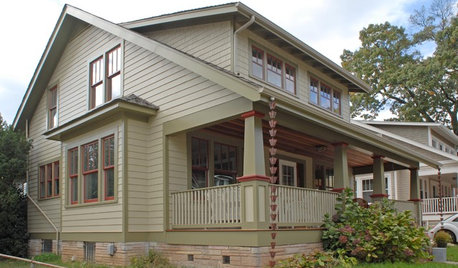
Kit Houses Stand the Test of Time
See how these mass-produced catalog houses have made their way into the modern day
Full Story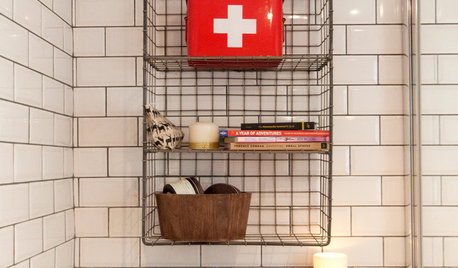
LIFEYour First-Aid, Emergency and Medical Supply Checklist
Don’t wait until you need them to stock your first-aid kit and emergency stash. Here’s what to get and where to keep it
Full Story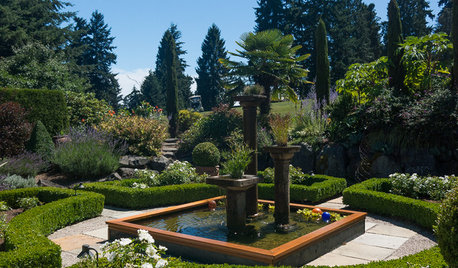
LANDSCAPE DESIGNGet a Mediterranean-Style Garden Even Far From the Sea
Some lavender here, a water feature there, and your garden just might feel transported to a balmy seaside locale
Full Story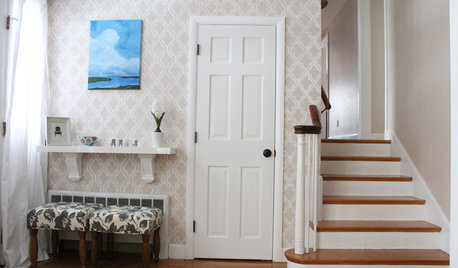
DECORATING PROJECTSGet a Wallpaper Look With a Hand-Painted Touch
Stencil a pattern for all the beauty of your favorite wallpaper at a fraction of the cost
Full Story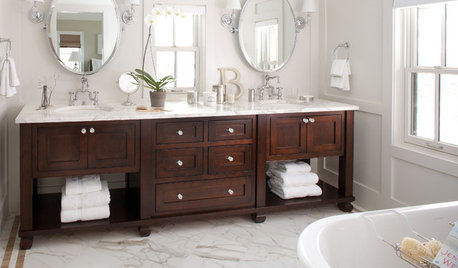
BATHROOM DESIGNBathroom Design: Getting Tile Around the Vanity Right
Prevent water damage and get a seamless look with these pro tips for tiling under and around a bathroom vanity
Full Story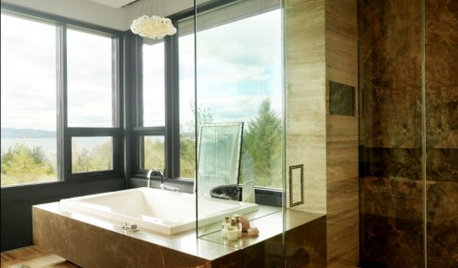
HOUSEKEEPINGGet Glass Windows and Doors Gleaming Clean
Preserve a spotless view with these guidelines for keeping soap scum, hard water spots and dirt at bay on glass surfaces around the home
Full Story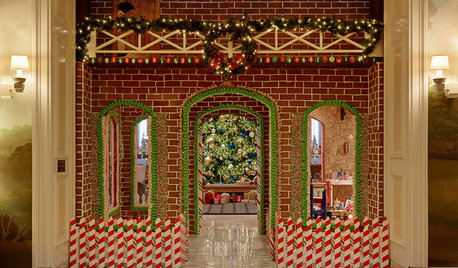
HOLIDAYSGet an Eyeful of a Life-Size Gingerbread House
With 2 tons of candy, gingerbread and icing, this holiday confection will make your mouth water and your heart sing
Full Story






jalal
ccoombs1
Related Professionals
New Bedford Landscape Architects & Landscape Designers · Richmond Heights Landscape Architects & Landscape Designers · Arlington Landscape Contractors · McKinney Landscape Contractors · Bell Gardens Landscape Contractors · Biloxi Landscape Contractors · Bridgeview Landscape Contractors · Camp Verde Landscape Contractors · Clearlake Landscape Contractors · Fruit Heights Landscape Contractors · Oak Harbor Landscape Contractors · Paso Robles Landscape Contractors · Shirley Landscape Contractors · Maplewood Landscape Contractors · Merrifield Landscape Contractorsjoe_09
jalal
sandy0225
ccoombs1